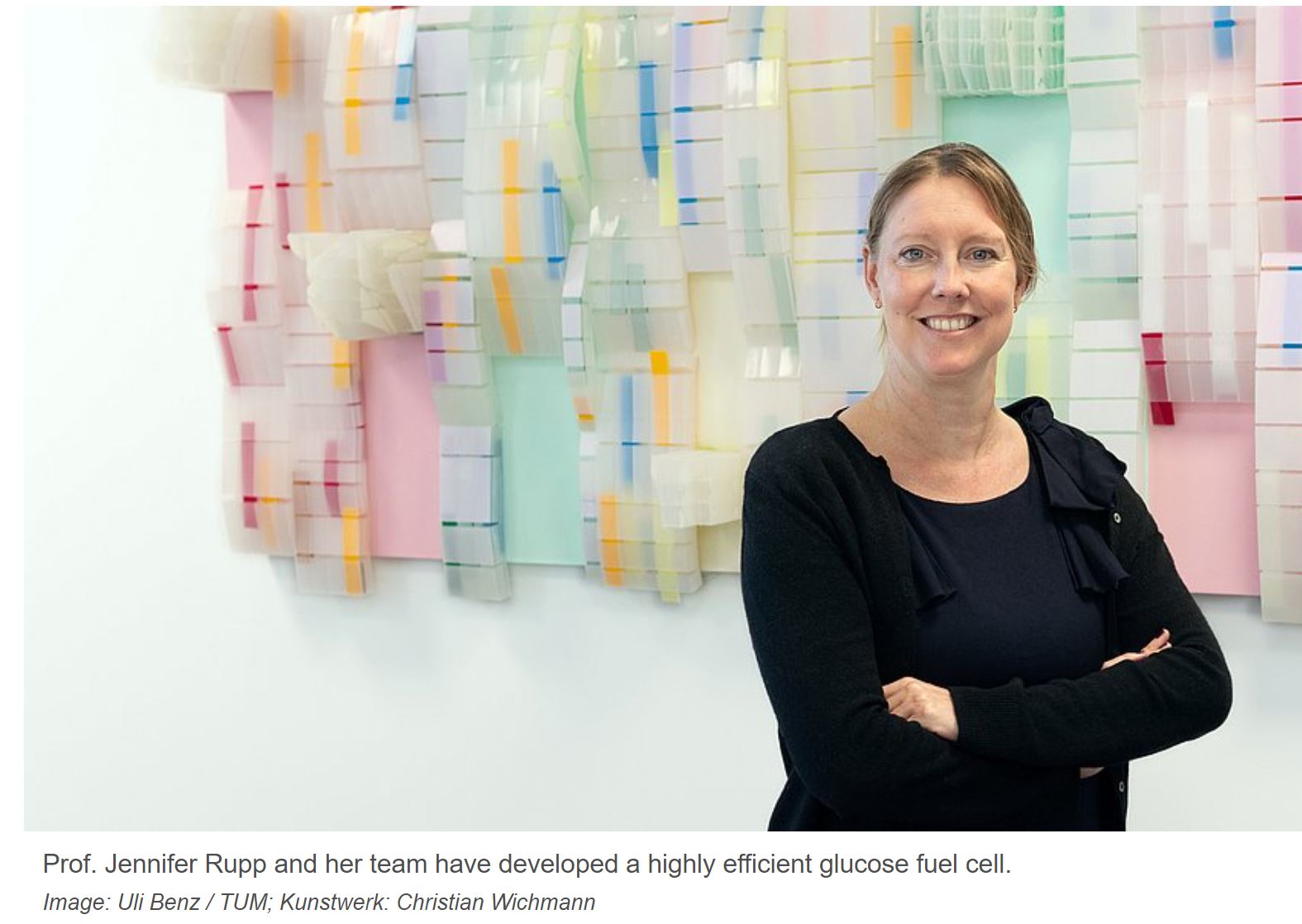Search by topic:

90% of a medical implant's volume can be the battery. Glucose fuel cells, which use the body's own sugars to create electricity are not new, but they have traditionally used materials which pose their own set of challenges. But scientists have developed a new form of glucose fuel cell that is only 400 nanometers thick (thinner than a human hair), by using a ceramic electrolyte which is easy to miniaturize and integrate on a silicon chip, is bio-compatible & can withstand high temperatures (for sterilisation).
https://www.tum.de/en/about-tum/news/press-releases/details/37397